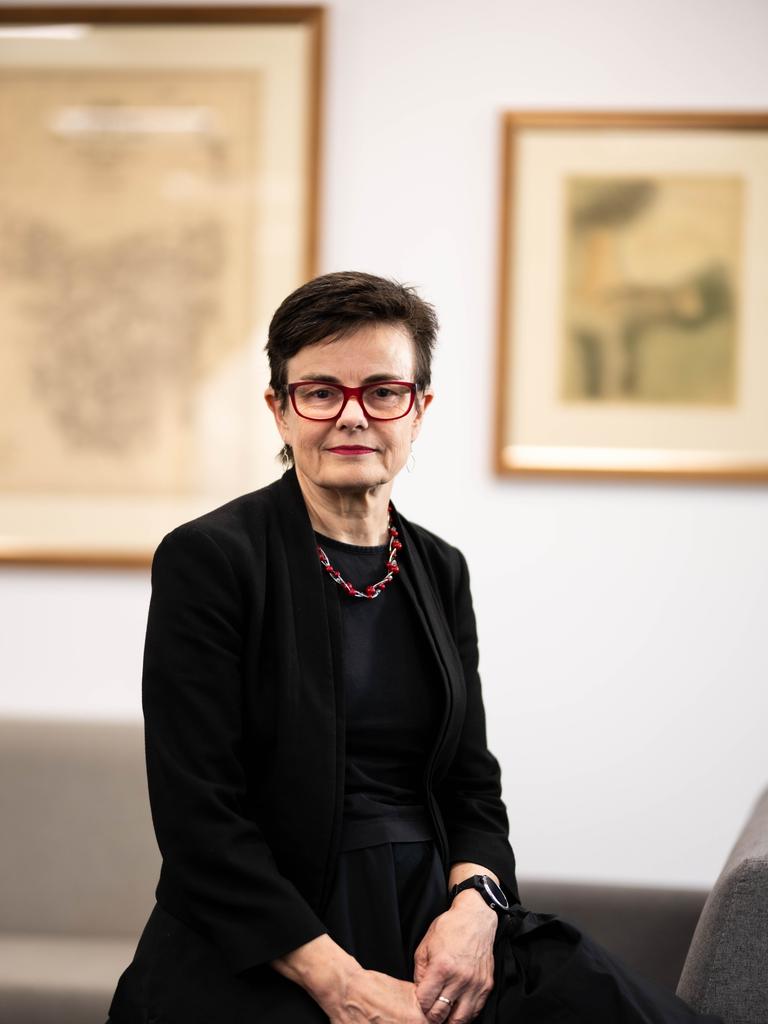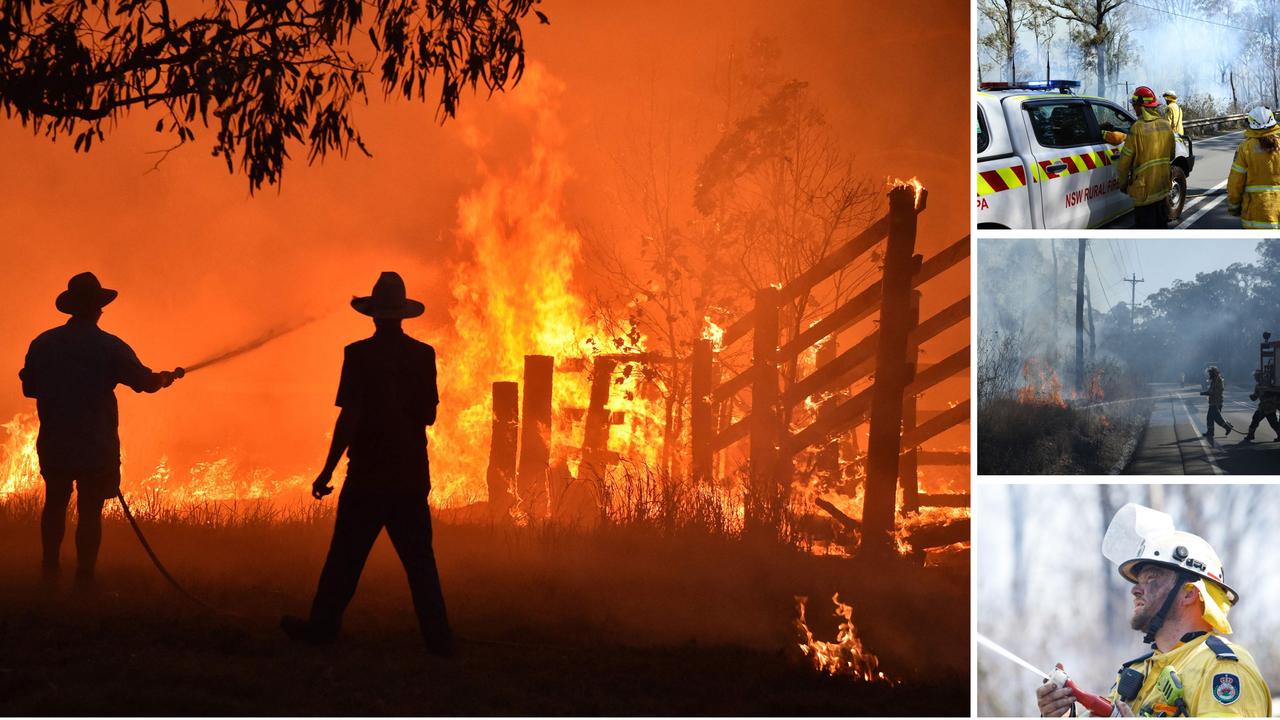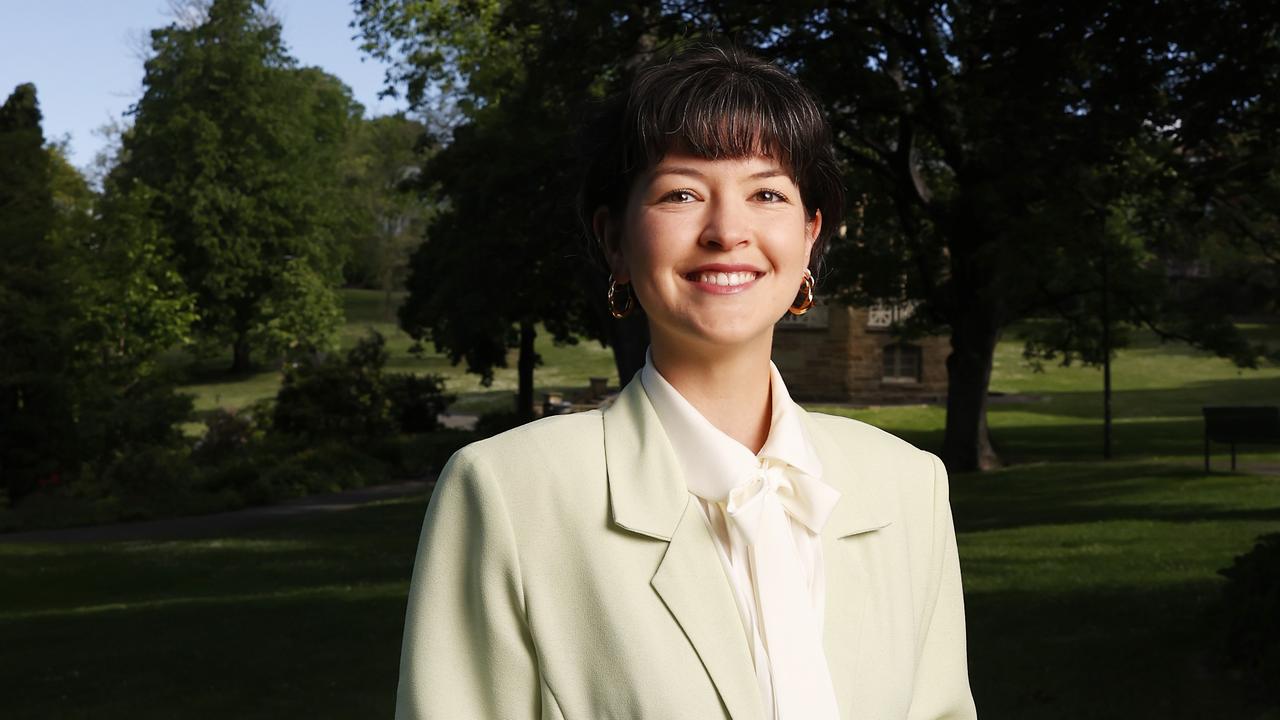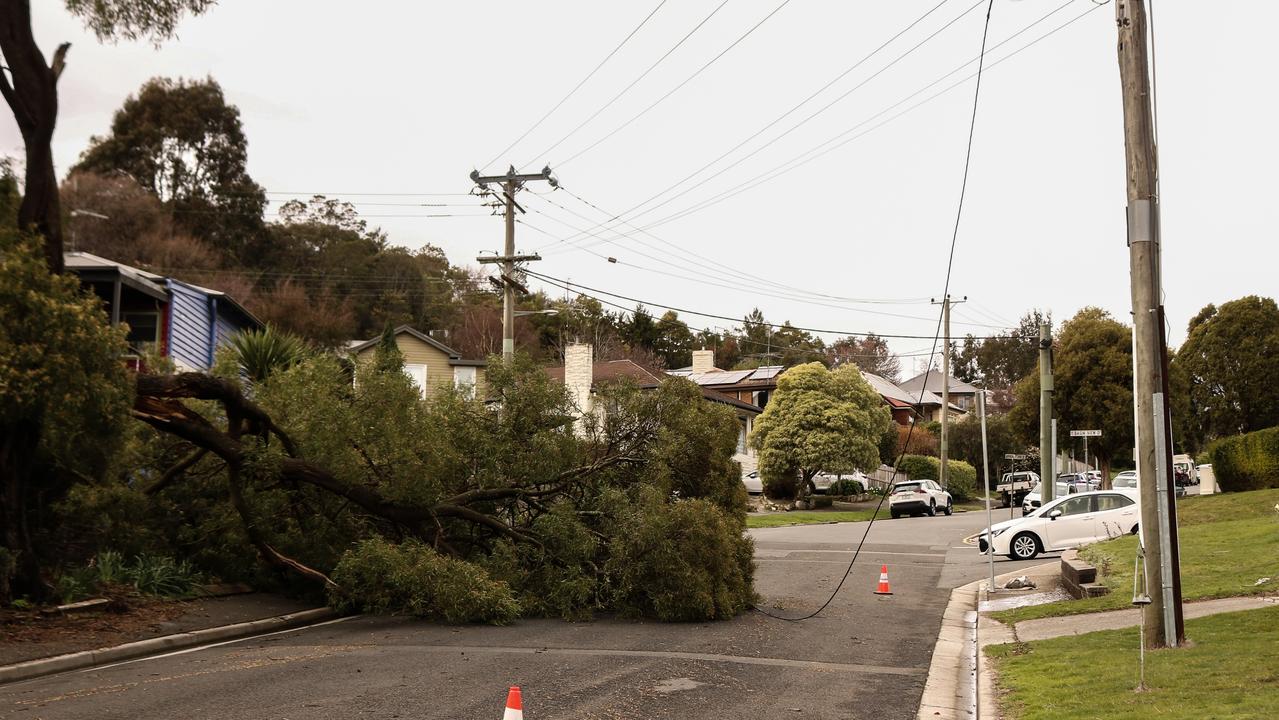Tasmania regions and rural areas struggle with general practitioner shortage
FREE READ: While regional towns have a lot to offer across Tasmania, the people that make up the towns are suffering from GP shortages. What could solve the problem.

Regional and rural communities across Tasmania have a lot to offer. From a close community to fresh country air, the small town lifestyle has been appealing for many Australians, especially since the pandemic.
But medical shortages, especially struggles in attracting general practitioners, are affecting regional and rural areas.
“A lot of communities are really struggling to access health care,” Launceston and Oatlands general practitioner Dr Elizabeth Lord said.
“Regional Tassie is a great place to live. A lot of people during the pandemic did the same thing, because they realised how great it is living here. But access to health care is one area that’s a problem.”
Dr Lord who grew up in the Longford area has spent a lot of medical career in Tasmania and on the mainland. Once a month she travels to Oatlands to practice but said there are no other female GPs there.

“There are certainly some issues that most women would like to see a female GP about,” she said.
“If you’re a woman in the Oatlands area, if you want to access a female GP you would either have to travel far away North or head down into Hobart, which for rural communities, makes it pretty hard if you can’t easily find a GP.”
While Australia is in great demand for more general practitioners in rural and regional areas, Tasmania is experiencing a huge shortage.
“The access to services is definitely less in regional areas and for some health problems that can mean worse outcomes,” Dr Lord said.
“It’s really great that more and more people are talking about it, but it’s going to take a while for things to improve.”

It’s not just a shortage of GPs that is hitting regional areas, but all of primary health services, including physios, nurses and radiologists.
“The answer is to increase the workforce and encourage medical professions to go rurally,”
Royal Australian College of General Practitioners Tasmania chair Dr Tim Jackson said.
“The long term solution is to increase the number of young doctors that want to do GP specialist training and the short term solution is to make it easier for overseas trained doctors to come and practice in Australia.
“We know that particularly rurally, that if medical students and if young doctors receive part of their training in a rural general practice, then they’re more likely to go back there and work as a fully accredited doctor.”
Dr Jackson grew up on an apple orchard in the Huon, before attending medical school in Hobart and completing training at the Royal Hobart Hospital and the Launceston General.
“Just as much as the community needs the doctor, the doctor also needs the community,” he said.

“It’s not just about getting the GP out there, it’s also looking after the family, the spouse making sure there’s work available if that’s needed, and childcare and schools for the children.”
Dr Jackson said the College is wanting to introduce a mandatory term where medical students train as a general practitioner in a regional and rural area.
“We’re only getting about less than 15 per cent of medical graduates wanting to do general practice where we really need up to about 40 per cent to be sustainable,” he said.
“We’ve got an ageing GP workforce so something like 25 to 30 per cent of GPs in Tasmania are going to retire in the next 10 to 15 years.
“If we don’t find a solution, it’s going to get worse.”

State’s plans for home relief
The Tasmanian population is set to soar over the next few decades, with more than half a million people expected to be living in rural and metropolitan areas in the next 10 years.
Despite the state already battling a housing crisis, how will Tasmanian’s fare in rural and regional areas across the state with increased demand?
“We know demand for stable and affordable housing is not confined to the major population centres, which is why we are delivering new social housing right across the State,” Homes Tasmania chief executive Eleri Morgan-Thomas said.
The state government started Homes Tasmania as part of its initiative to roll out a $1.5b housing package which will deliver 10,000 new homes by 2023.
“Releasing more land for affordable residential housing is critical to the Tasmanian
Government’s ambitious plan,” Ms Morgan-Thomas said.
“Recently, we released more than 200 lots of land in five subdivisions across the North and North-West and one in the South, with about 85 per cent of the lots made available for affordable home ownership.
“Homes Tasmania will work to accelerate partnerships with all tiers of government and the private sector to lead urban renewal and create more inclusive communities.”
New data has listed the West Coast is one of the top five regional areas in Australia, and has grown over 207 per cent.
Ms Morgan-Thomas said the government is developing a 20 year Tasmanian Housing Strategy which will look at creating a more sustainable housing market.
“The Strategy will look at the entirety of the housing spectrum, to ensure our housing system aligns with demand so homes are delivered where they are needed and are appropriate for people’s circumstances,” she said.
More Coverage
“The strategy and its action plans will set the agenda for where the 10,000 new social and affordable properties will be built, and what types of homes these will need to be.”
Tasmanians have been able to afford owning a home through Homes Tasmania’s MyHome equity program.
“In the first 12 months of the program, 162 MyHome purchases were made across the state – 131 purchases of existing homes and 31 house and land packages – exceeding its first-year target of 150,” she said.
Originally published as Tasmania regions and rural areas struggle with general practitioner shortage





